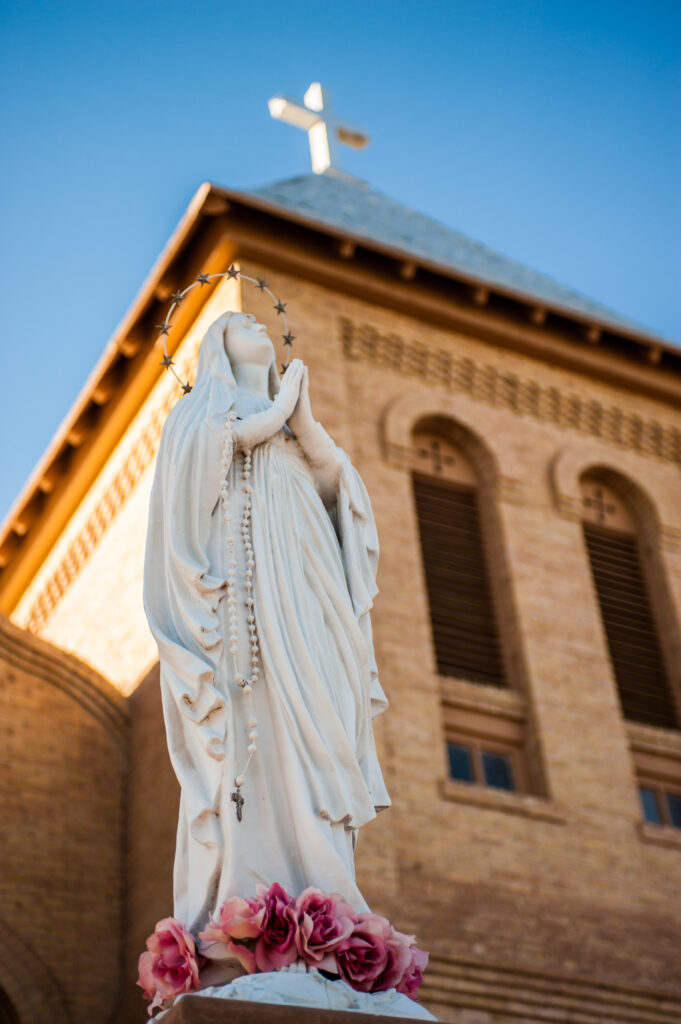
Clergy abuse is a deeply troubling issue that has plagued various religious institutions around the world. The statistics on the prevalence of clergy abuse are alarming, revealing a widespread problem that demands attention and action. According to a study conducted by the John Jay College of Criminal Justice, it is estimated that between 1950 and 2002, approximately 4% of Catholic priests in the United States were accused of sexual abuse. This staggering number highlights the magnitude of the issue within a single religious denomination.
The impact of clergy abuse extends far beyond the individual survivors. It also affects faith communities as a whole, shaking the foundations of trust and belief. Survivors often struggle with feelings of shame, guilt, and betrayal, which can lead to long-term psychological and emotional trauma. Additionally, the revelation of clergy abuse can cause disillusionment among believers, leading to a loss of faith and trust in religious institutions.
Clergy abuse is not a new phenomenon; it has existed throughout history in various religions. The Catholic Church, for instance, has faced numerous scandals related to clergy abuse over the centuries. However, it is important to note that clergy abuse is not limited to any particular religion or denomination. Instances of abuse have been reported in Protestant churches, Jewish synagogues, and other religious institutions as well.
The prevalence of clergy abuse can be attributed to several cultural and societal factors. Historically, religious leaders were often held in high regard and seen as moral authorities within their communities. This power dynamic created an environment where perpetrators could exploit their positions of authority and trust. Societal taboos surrounding sexuality and discussions about abuse made it easier for perpetrators to manipulate and silence their victims.
One of the challenges survivors face in seeking help and healing is the stigma associated with clergy abuse. Many survivors struggle with feelings of shame and self-blame, which can prevent them from coming forward and seeking support. Additionally, the power dynamics within religious institutions can make it difficult for survivors to find a safe space to share their experiences without fear of retaliation or disbelief.
One of the most troubling aspects of clergy abuse is the role that the church has played in covering up instances of abuse. Numerous cases have come to light where religious institutions have actively worked to protect abusive clergy members and silence survivors. This pattern of cover-up has had devastating consequences for survivors and faith communities alike.
Examples of church cover-ups range from transferring abusive priests to different parishes without informing the new community about their history, to actively discouraging survivors from reporting their abuse to law enforcement. These actions not only perpetuate the cycle of abuse but also undermine the trust and faith that believers place in their religious leaders.
The statute of limitations for reporting clergy abuse can be a barrier, as many survivors may not come forward until years or even decades after the abuse occurred. Additionally, the power and influence of religious institutions can make it difficult for survivors to navigate the legal system and find support.
One of the most important aspects of addressing clergy abuse is listening to survivors and validating their experiences. Survivors’ voices are essential in understanding the scope and impact of clergy abuse and in implementing effective measures to prevent future instances. However, survivors often face significant challenges in being heard and believed.
Many survivors struggle with self-doubt and fear of not being taken seriously when sharing their experiences. The power dynamics within religious institutions can further exacerbate these challenges, as survivors may face disbelief or retaliation when coming forward. It is essential for society as a whole to create safe spaces where survivors can share their stories without judgment or fear.
Successful education programs have been implemented in various religious communities, focusing on promoting healthy boundaries, consent, and the importance of listening to survivors. These programs aim to empower individuals within faith communities to recognize and respond appropriately to instances of abuse. By equipping community members with knowledge and resources, religious institutions can work towards preventing future instances of clergy abuse.